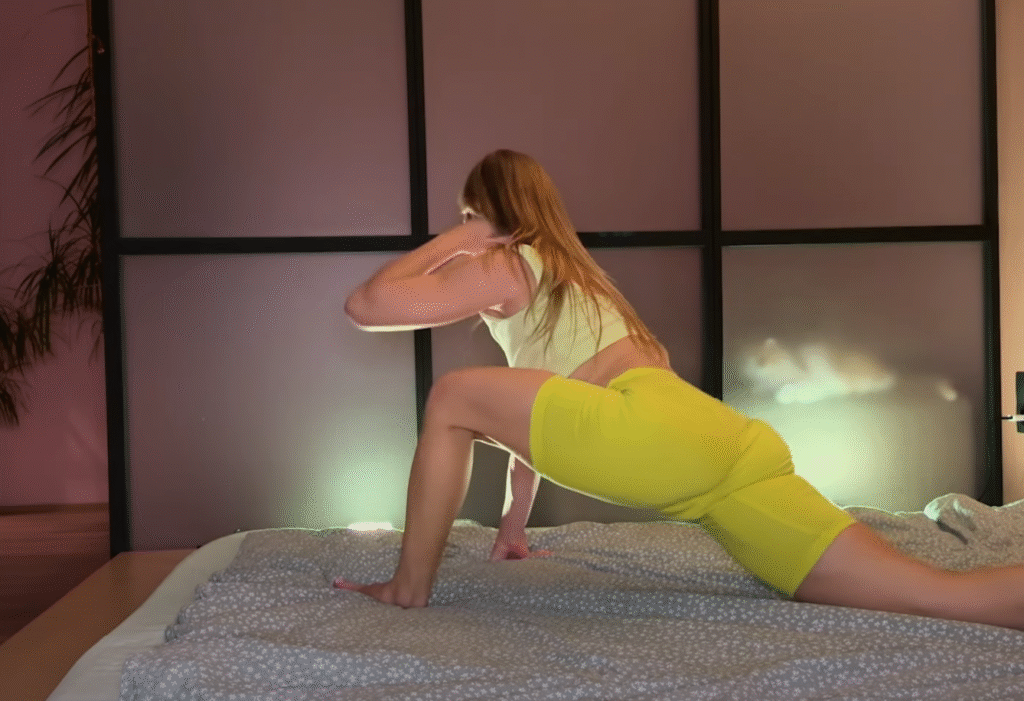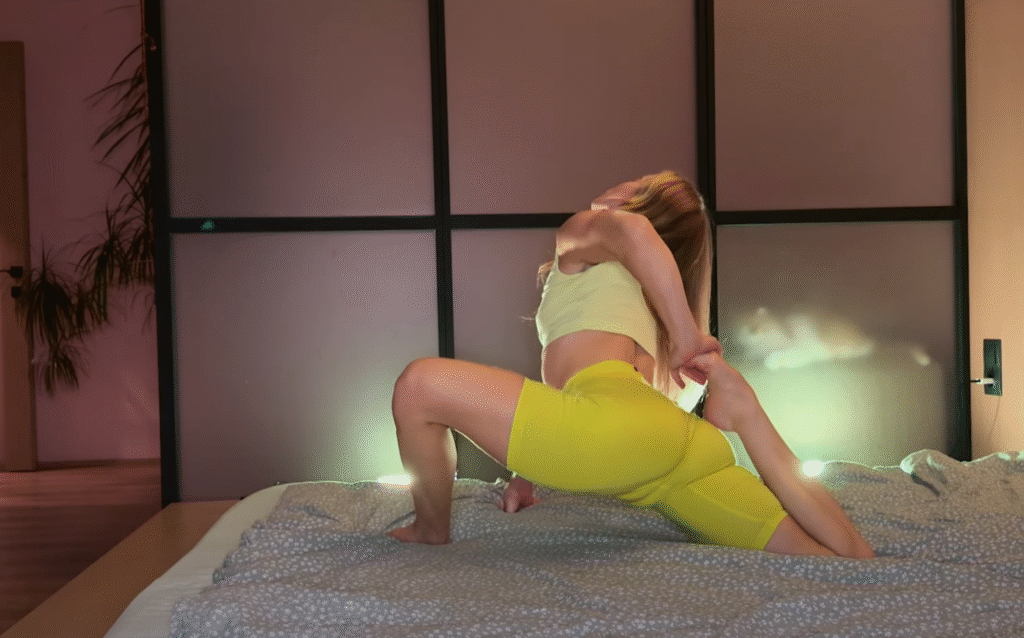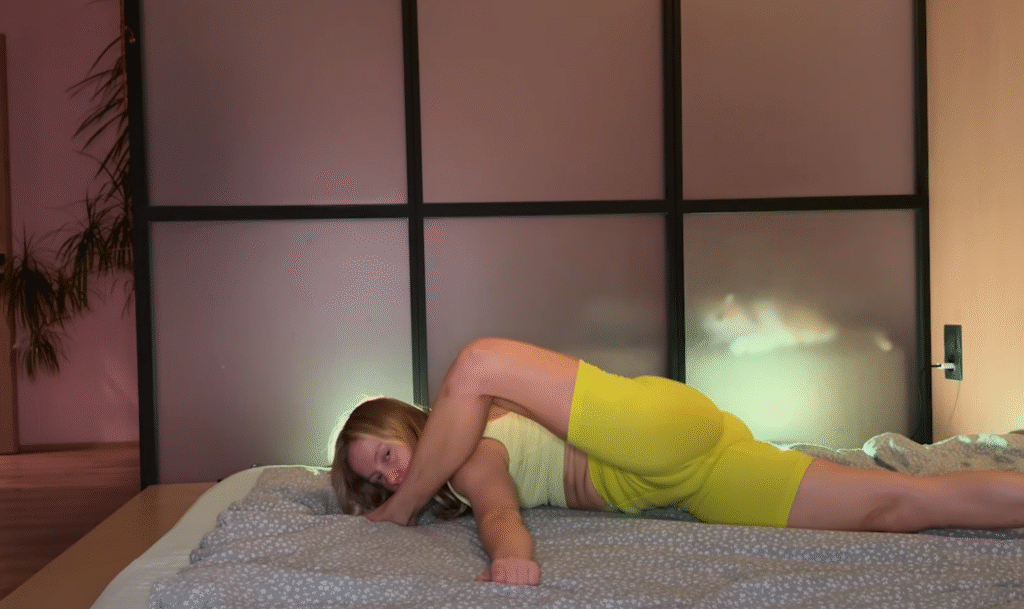In a world where physical fitness and mental well-being are gaining more attention than ever, the fusion of different movement disciplines is creating new pathways to health and harmony. Among the most intriguing combinations is the integration of yoga and gymnastics. While they may appear vastly different—yoga known for its meditative calm, and gymnastics for its explosive energy—they share a common purpose: achieving balance. Both physically and mentally, balance is at the heart of what it means to move with control, grace, and purpose. When yoga and gymnastics are practiced in tandem, they become powerful tools that foster both dynamic strength and inner tranquility.

Understanding the Foundations
Yoga is an ancient practice that originated in India over 5,000 years ago. It is a holistic discipline that emphasizes physical postures (asanas), breath control (pranayama), meditation (dhyana), and ethical principles. The ultimate goal of yoga is to unite body, mind, and spirit, encouraging practitioners to live in the present moment and cultivate inner peace.

Gymnastics, on the other hand, is a modern sport characterized by agility, strength, coordination, and precision. Athletes perform routines that require split-second timing, explosive power, and muscular control. The foundation of gymnastics lies in body awareness, flexibility, and consistent physical conditioning.
At first glance, yoga and gymnastics seem like opposites—one serene and introspective, the other fast-paced and competitive. However, both require immense focus, dedication, and an intimate connection with one’s body. They are not opposing forces but complementary paths that, when combined, can unlock a new dimension of physical and mental equilibrium.

The Physical Interplay: Strength Meets Flexibility
One of the most compelling reasons to combine yoga and gymnastics is the way each discipline complements the other’s physical demands.
Gymnasts rely heavily on strength, particularly in the core, shoulders, and legs. They must perform demanding maneuvers like flips, handstands, and rings with exacting precision. However, without sufficient flexibility and mobility, these movements can lead to injury or become inefficient.

This is where yoga shines. Regular yoga practice increases flexibility, joint mobility, and muscular elongation. Poses like downward-facing dog, pigeon pose, and forward folds can open up tight hips, hamstrings, and shoulders—common problem areas for gymnasts. Additionally, yoga teaches practitioners how to listen to their bodies and honor their physical limits, which is invaluable for injury prevention.

Conversely, yoga practitioners often lack the dynamic strength and explosive power that gymnastics training develops. By incorporating elements of gymnastics—such as handstand progressions, backbends, and calisthenic drills—yogis can enhance their muscular strength and stability. This cross-training not only prevents muscular imbalances but also adds variety and challenge to a yoga routine.

Mental Balance: Focus and Calm in Motion
Beyond the physical, the integration of yoga and gymnastics also fosters mental balance. Gymnastics requires intense concentration, especially under the pressure of performance. Athletes must remain composed while executing complex routines that leave no room for hesitation. Mental resilience is key.
Yoga, with its meditative roots, is an excellent tool for developing that mental calm. Breathwork (pranayama) helps regulate the nervous system, reducing anxiety and promoting focus. Meditation cultivates mindfulness and teaches the practitioner how to return to the present moment—an essential skill for gymnasts preparing for a high-stakes event.
When gymnasts adopt yoga practices, they gain tools to manage pre-competition nerves and improve visualization. Similarly, when yogis explore gymnastics-inspired movement, they discover how to challenge their mental boundaries, expand their comfort zones, and grow more confident in their capabilities.
Balance as a Life Skill
Balance isn’t just about standing on one foot or holding a handstand. It’s a metaphor for life. In today’s fast-paced, overstimulated world, many people swing between extremes—working too hard and resting too little, overtraining and then burning out, pushing their limits and then collapsing from exhaustion.
The marriage of yoga and gymnastics offers a model for sustainable, balanced living. Gymnastics teaches us to push our limits, to strive for excellence, and to harness our energy for precise, powerful action. Yoga reminds us to slow down, breathe, and reconnect with our inner selves. Together, they encourage a rhythm of dynamic exertion followed by conscious rest.
This balance spills over into daily life. The person who practices both disciplines is better equipped to handle stress, make mindful decisions, and recover from setbacks. They learn when to push and when to pause, when to speak and when to listen, when to act and when to reflect.
Practical Applications: A Fusion Routine
For those curious about integrating yoga and gymnastics, here’s a simple weekly routine that combines elements of both disciplines:
Day 1: Strength & Power
- Gymnastics-based drills (e.g., tuck jumps, hollow body holds, handstand wall holds)
- Core conditioning (planks, V-ups, superman holds)
- Cooldown with yoga poses: child’s pose, seated forward fold, spinal twist
Day 2: Flexibility & Flow
- Vinyasa yoga session (sun salutations, hip openers, backbends)
- Gymnastics flexibility drills (splits, shoulder mobility)
- Breathwork and short meditation
Day 3: Balance & Control
- Balance-focused yoga (tree pose, dancer, eagle)
- Handstand practice or cartwheel drills
- Mobility stretches and savasana
Day 4: Rest or Active Recovery
- Gentle yin yoga or restorative poses
- Foam rolling and deep breathing exercises
This hybrid approach allows practitioners to enjoy the best of both worlds—strength and softness, action and awareness, fire and stillness.
A Journey of Self-Discovery
Ultimately, blending yoga and gymnastics is more than just a fitness strategy—it’s a journey of self-discovery. It challenges practitioners to confront fear, build confidence, and cultivate discipline. Whether you’re holding a still pose or flipping through the air, each moment asks you to be present, to be aware, and to be in balance.
You don’t have to be a professional gymnast or a seasoned yogi to begin. All you need is curiosity, patience, and a willingness to explore. Start with small movements. Learn how your body feels in stillness and in motion. Notice how your breath changes. With time, you’ll find not only physical transformation but also a deeper sense of inner calm and centeredness.
Conclusion
Yoga and gymnastics, though different in origin and style, share a common essence: the pursuit of balance, both physical and mental. By combining the dynamics of gymnastics with the tranquility of yoga, practitioners gain access to a holistic practice that enhances strength, flexibility, focus, and peace. In this fusion, we discover that balance is not just a posture—it’s a way of living. Through motion and stillness, tension and release, we learn to embody the very harmony we seek.



